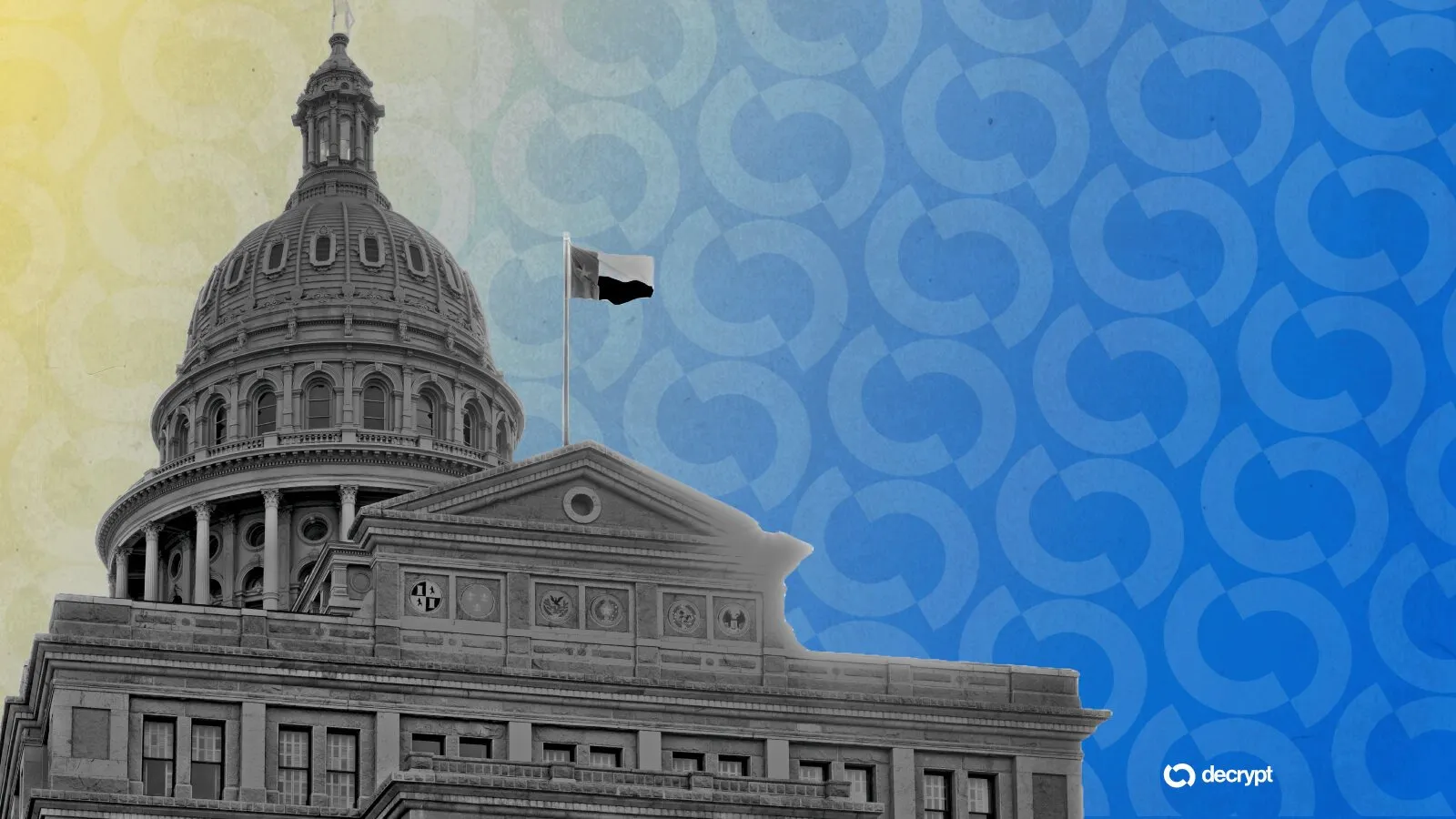In brief
- Trump’s crypto task force will release its 180-day report on July 30, Bo Hines, the group’s executive director, said Wednesday.
- The report is expected to outline stablecoin oversight, token classification, and enforcement reforms following the GENIUS and CLARITY Acts, Decrypt was told.
- Experts say it may propose building a Bitcoin reserve using seized assets, while ruling out a retail CBDC.
President Donald Trump's crypto task force has finished its 180-day review of digital asset policy and will release the report publicly on July 30, capping a six-month window by President Donald Trump’s newly formed digital assets task force.
"America is now leading the way on digital asset policy," Bo Hines, executive director of the Presidential Working Group on Digital Asset Markets, tweeted on Wednesday.
"With the GENIUS and CLARITY Acts now law, the President's Working Group report is expected to tie everything together, right from token classification and stablecoin oversight to market integrity, digital asset taxation, and, most importantly, enforcement clarity," CA Sonu Jain, chief risk and compliance officer at 9Point Capital, told Decrypt.
Following through on campaign promises to make America "the crypto capital of the world," President Donald Trump signed his first executive order in January, establishing the Presidential Working Group on Digital Asset Markets, just three days after his inauguration.
The group was tasked with delivering a set of recommendations on digital asset regulation, including the feasibility of a “strategic national digital assets stockpile.”
The working group includes top officials from the Treasury, SEC, CFTC, DOJ, and other federal agencies, led by “AI and crypto czar” David Sacks and managed by Hines.
The most “intriguing element” may be the Bitcoin reserve mandate, experts suggest.
The administration is expected to take a "pragmatic approach: steering clear of retail CBDCs due to privacy and trust concerns, promoting USD-pegged stablecoins with clearer regulations while focusing on international cooperation,” Monica Jasuja, chief expansion and innovation officer at Emerging Payments Association Asia, told Decrypt.
"This isn't necessarily about the U.S. buying Bitcoin on the open market, but rather exploring the feasibility of establishing a federal crypto reserve, potentially drawing from seized digital assets already in government custody," Jasuja said.
If included in the report, that could mark the beginning of a "more structured and secure sovereign approach to crypto exposure" without directly competing in volatile markets, she added.
The executive order required agencies to identify existing digital asset regulations within 30 days, recommend changes within 60 days, and consolidate their findings into a 180-day report that included legislative and regulatory proposals.
"It would be great if the working group could identify and recommend one or more ways for the U.S. government to build a Bitcoin stockpile without using fresh taxpayers' funds," Pranav Agarwal, independent director at Jetking Infotrain India, told Decrypt.
The “real test,” said Jasuja, is whether the report delivers “regulatory clarity” and if “done right,” will position the U.S. as a “global leader in digital finance infrastructure.”

